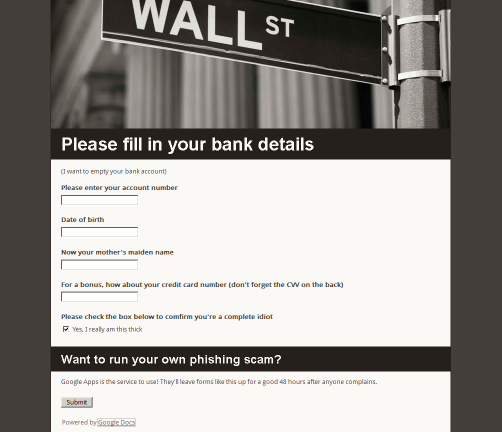As a reminder that Microsoft never lets security considerations get in the way of a Good Idea, it’s emailed 50,000 gift cards to random addresses it has on file. To quote:
To help spread holiday cheer, Microsoft Store has surprised a total of 50,000 U.S. customers with virtual gift cards via email. 25,000 customers will receive a $100 Microsoft Gift Card while 25,000 others will receive a $10 Microsoft Gift Card ahead of this holiday season. These randomly selected recipients can redeem their gift card on Microsoft Store through December 31, 2021 and spend it within 90 days of redemption
Publications in the US are advising punters to check their spam folder in case they’ve got an e-voucher for free Microsoft goodies. Presumably these email address are of lusers with a Microsoft account of some kind.
With the media coverage starting to appear in the US, anyone phishing for Microsoft account credentials now has the perfect social engineering exploit, available between now and the New Year. Nice one Microsoft.


